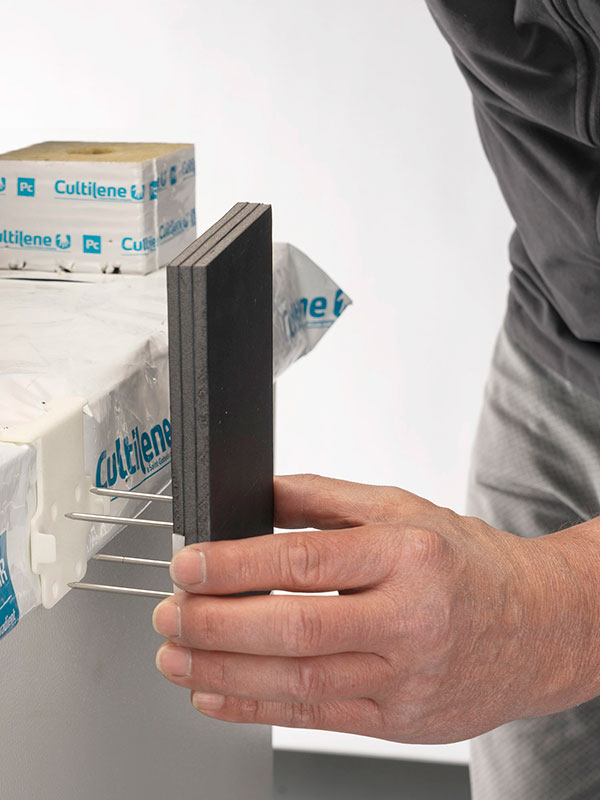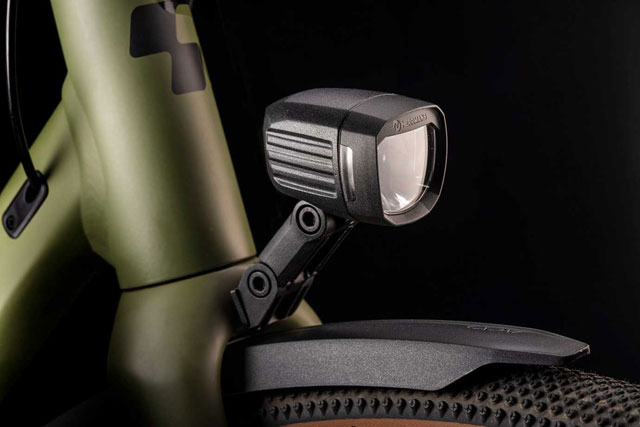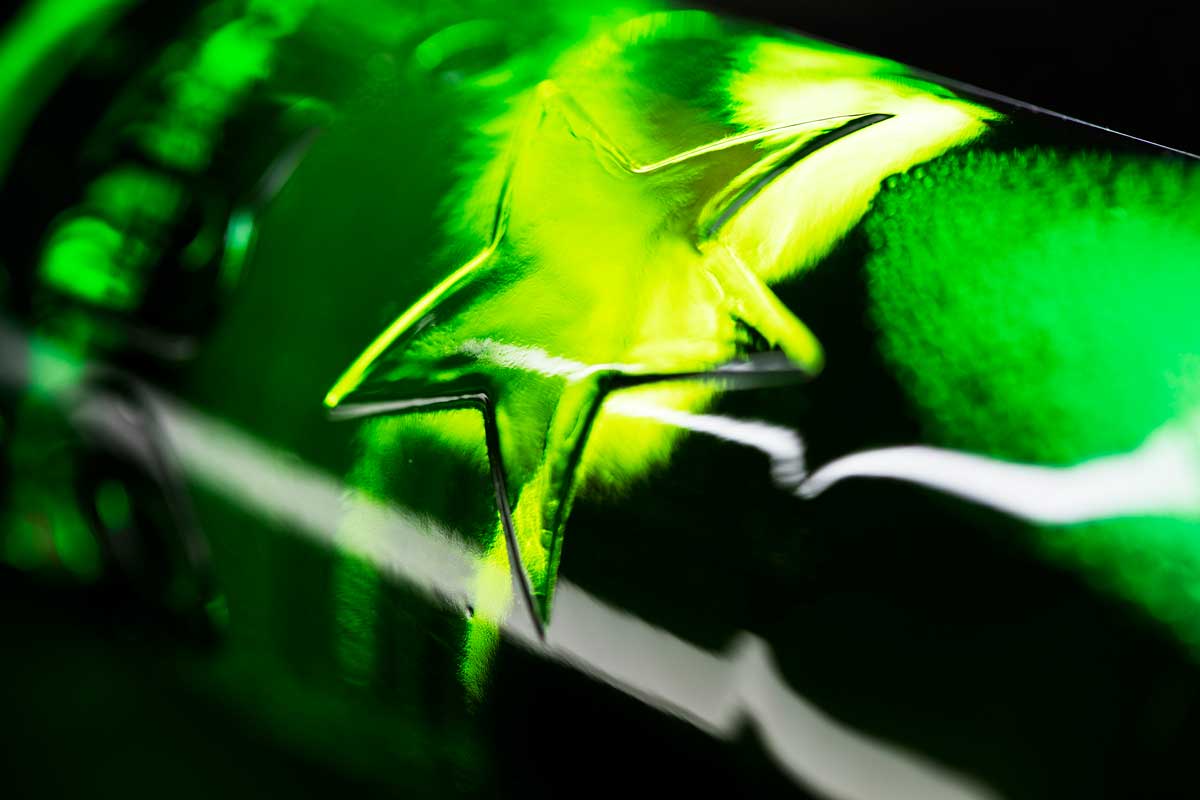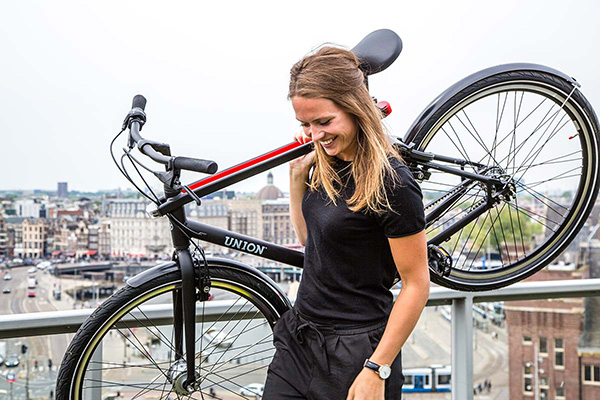Creating the greenhouse of the future with the CARA MET sensor
Saint-Gobain Cultilene
Measuring is knowing; the CARA MET sensor
Cultilene produces substrate systems, Albarino horticultural glass and data driven services. Greenhouse vegetables grow mainly on stone wool substrate mats. From the ambition to make the horticulture sector as sustainable and efficient as possible the company is continuously working on innovation processes. One of those processes involves making the substrates as ‘smart’ as possible, with sensors that perform accurate measurements in the root zone. Cultilene approached us for the product design of this smart sensor.




Smart design
The CARA MET has a smart & clean design that is in keeping with its high-tech function and the surroundings in which it is used. The biggest challenge when designing the CARA MET was to make it suitable for different substrate volumes combined with different drainage channels. So it was important to design a very flat structure that is also waterproof. In addition, the antenna had to be higher than its surroundings in order to prevent signal distortion. Thanks to the bright orange colour, the sensor is easy to recognize among all the vegetation.



From measuring is knowing to creating is knowing
We create (foam) models early in the process so that our clients can see and feel our design. It’s only after you actually create the design that you know you’re on the right track. Visual models and prototypes from our own model workshops – combined with a flexible hands-on mentality – are essential in our design process.

From Sensor to Internet of Things (IOT) solution
The CARA MET sensor is waterproof, scratch-resistant and user-friendly and has a contemporary, eye-catching design. Cultilene and SenseNL collaborate on the development of intelligent sensor technology that wirelessly connects multiple sensors to each other via a base station to a Cloud platform. Real-time insight into the sensor data via an internet platform of the module on the Cultilene website allows growers to see how things are going in their greenhouse. This information allows them to optimize their irrigation and fertilization strategy. An important step closer towards the greenhouse of the future.
Photography on location: Gerlinde Schrijvers


































































